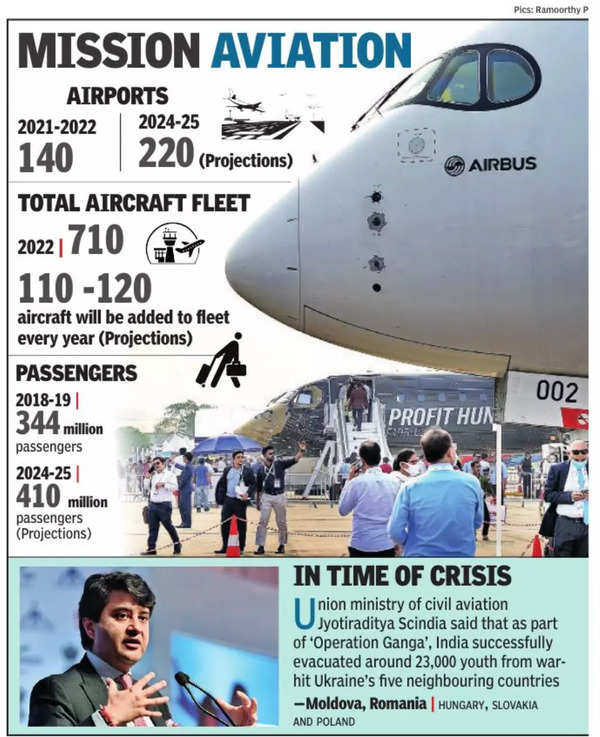Note4Students
From UPSC perspective, the following things are important:
Prelims level: Not much
Mains level: Draft Drone Rules, 2021
The Ministry of Civil Aviation has released Draft Drone Rules, 2021, for public consultation. The rules will replace the Unmanned Aircraft System Rules, 2021.
Highlights of the Draft Drone Rules 2021
Number of forms: The rules propose to reduce the number of forms required for manufacturing, importing, testing, certifying and operating drones in India from 25 to six.
Abolishing authorization number: The draft seeks to abolish the unique authorisation number, unique prototype identification number, and certificate of conformance that were previously required for approval of drone flights.
Digital Sky Platform: Digital Sky, a platform launched by the government in December 2018, will become a single-window system for all approvals under the newly proposed rules.
Airspace map: An airspace map segregating the entire landmass of India into Green, Yellow and Red zones will be published on the platform within 30 days of notification of the new rules, the government said. The map will also be machine-readable through an Application Programming Interface (API) for easier plotting of drone flight paths.
Airport Perimeter: The draft rules reduced the airport perimeter from 45 km to 12 km. The rules state that no flight permissions would be required to fly up to 400 feet in green zones and up to 200 feet in the area between 8 and 12 km from the airport perimeter.
Drone corridors: The government will also publish a policy framework for Unmanned Aircraft System Traffic Management (UTM) within 60 days of notifying the rules. This will also include frameworks for developing “drone corridors” for the safe transfer of goods by drones.
Drone Promotion Council: The Rules also propose the setting up of a Drone Promotion Council, with the aim of facilitating a business-friendly regulatory regime for drones in India, the establishment of incubators for developing drone technologies and organizing competitive events to showcase drones and counter-drone solutions.
Others: To implement safety features such as “no permission, no take-off”, real-time tracking and geofencing, drone manufacturers, importers and operators will get six months’ time to comply from the date of notification of the rules.


















